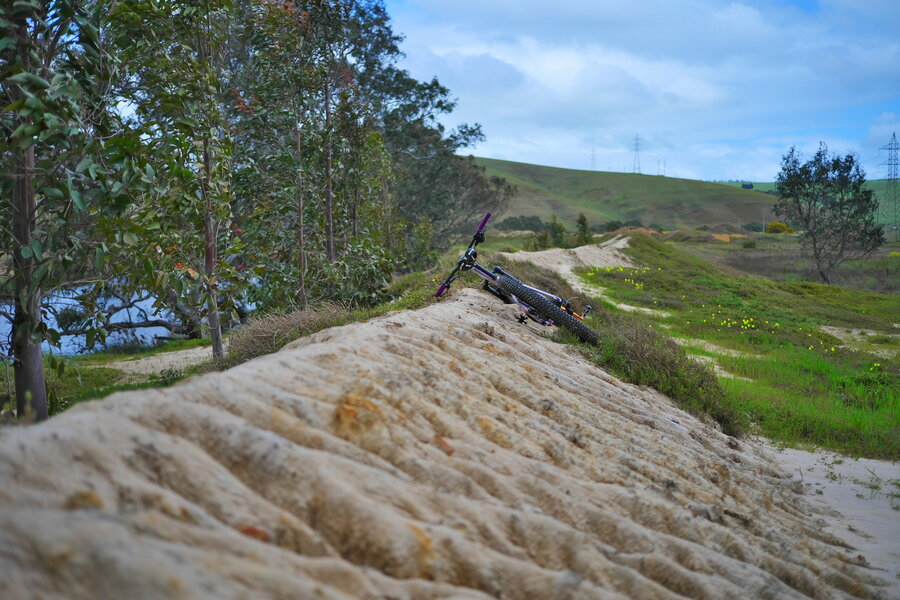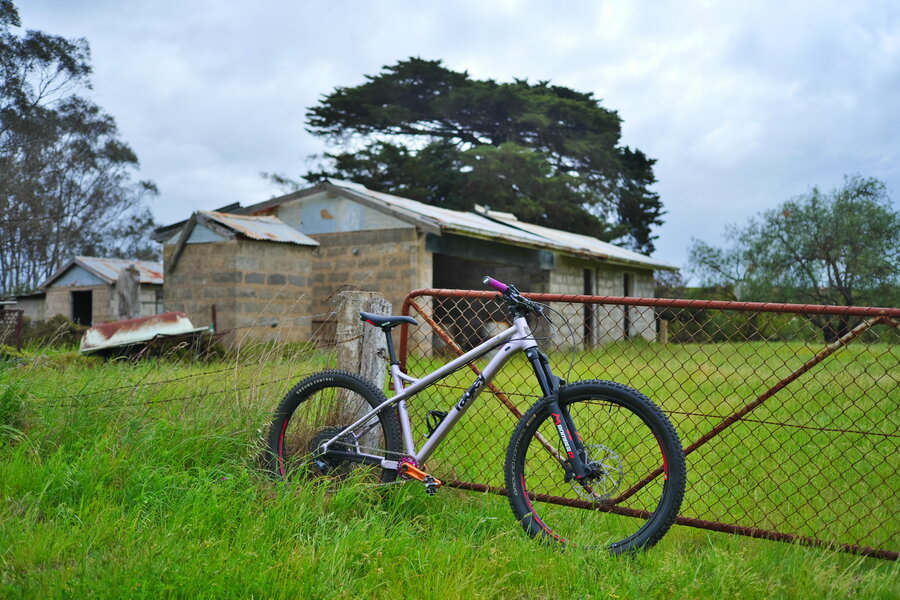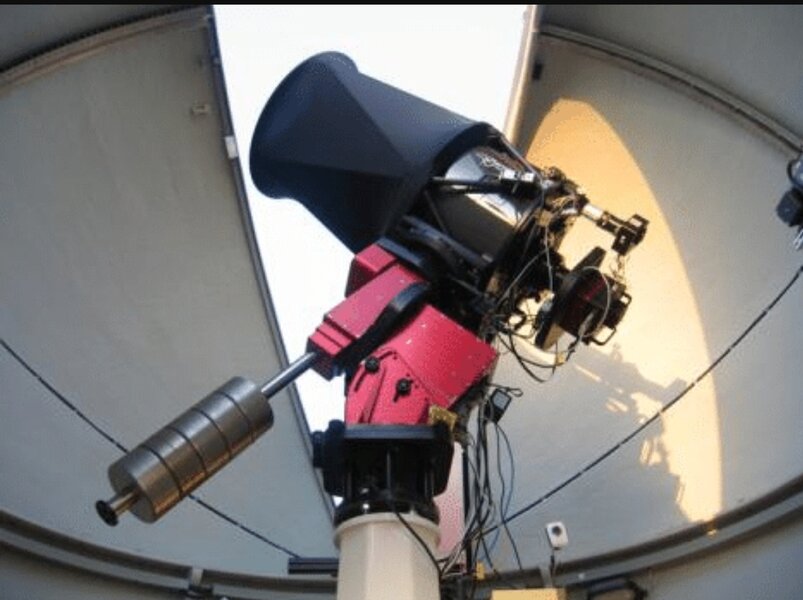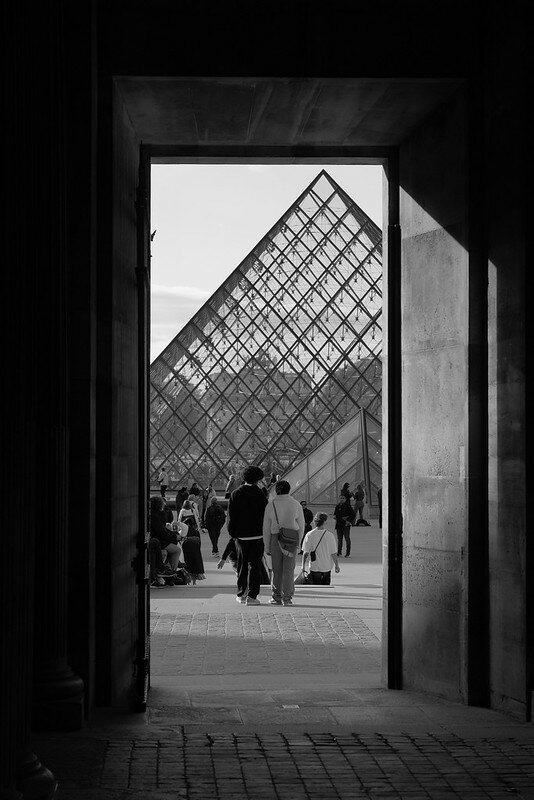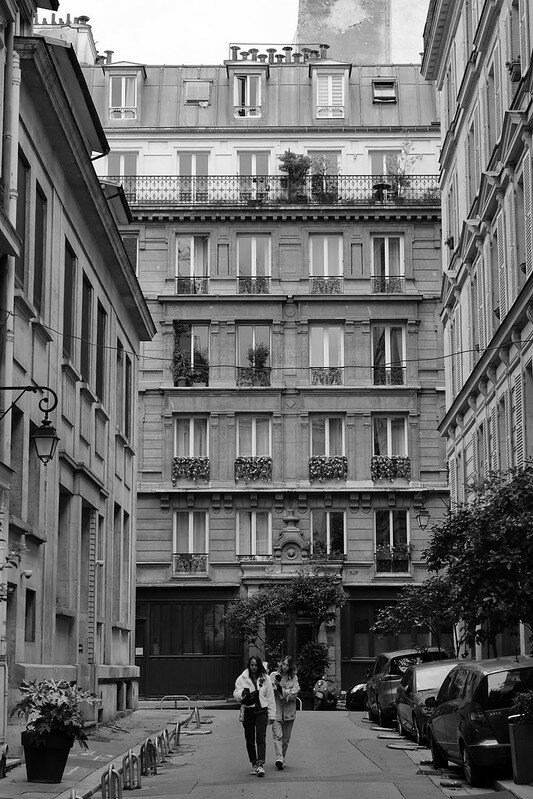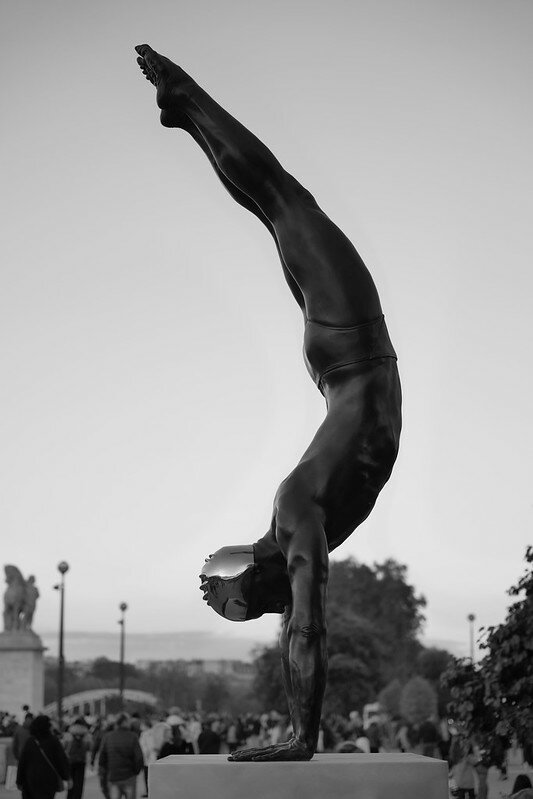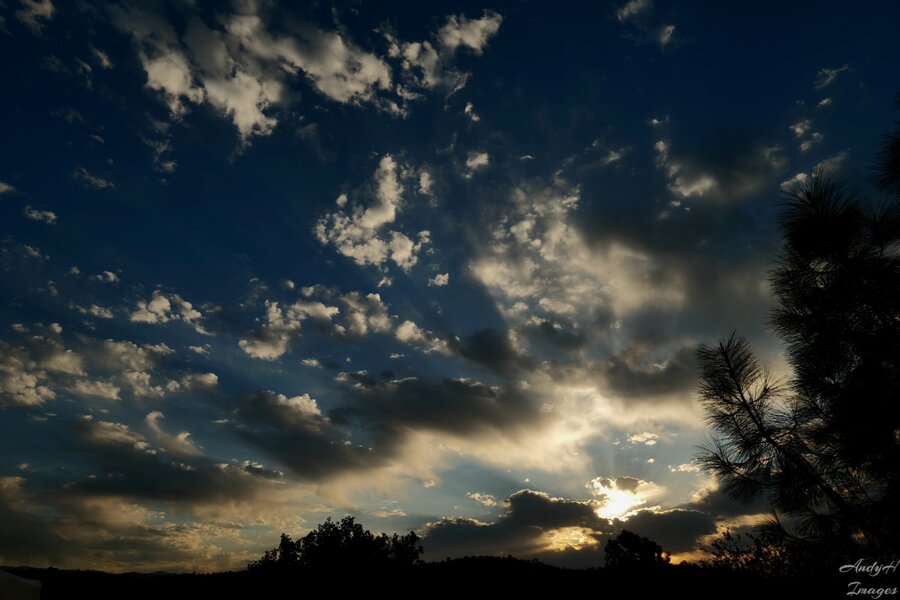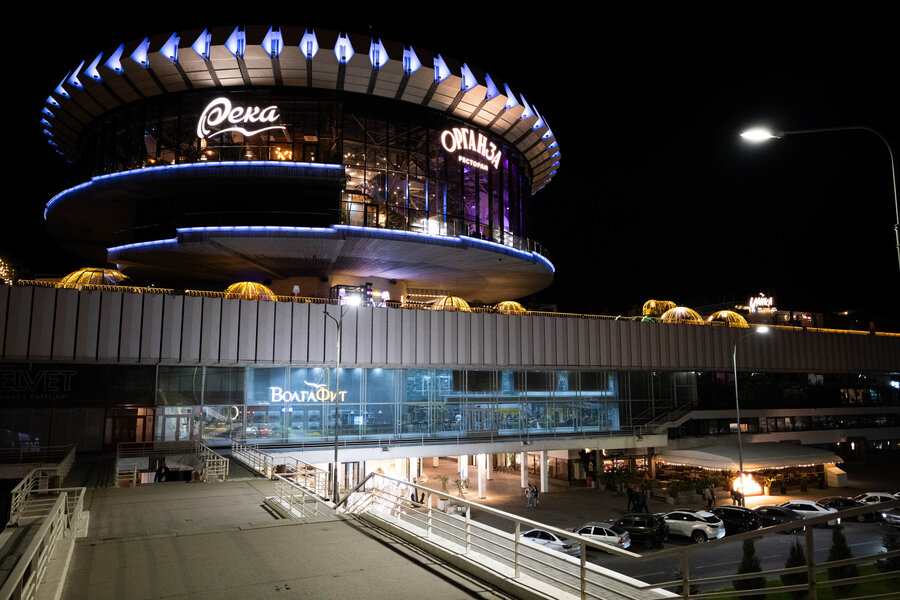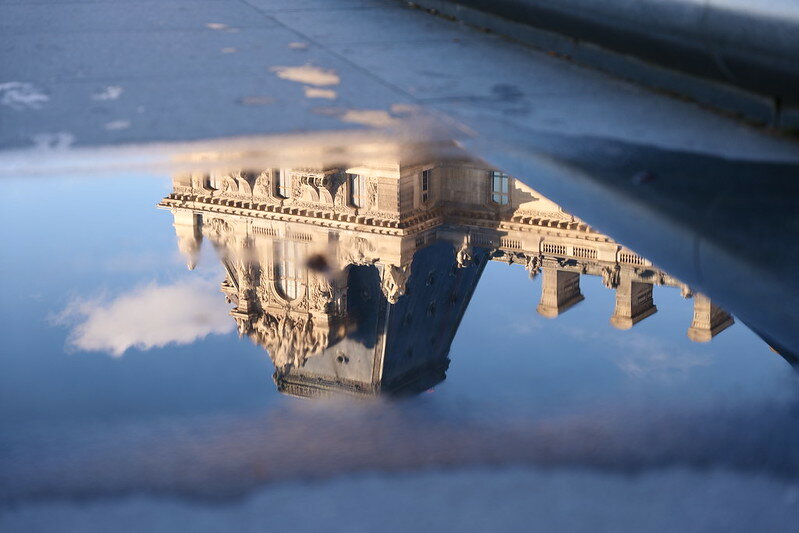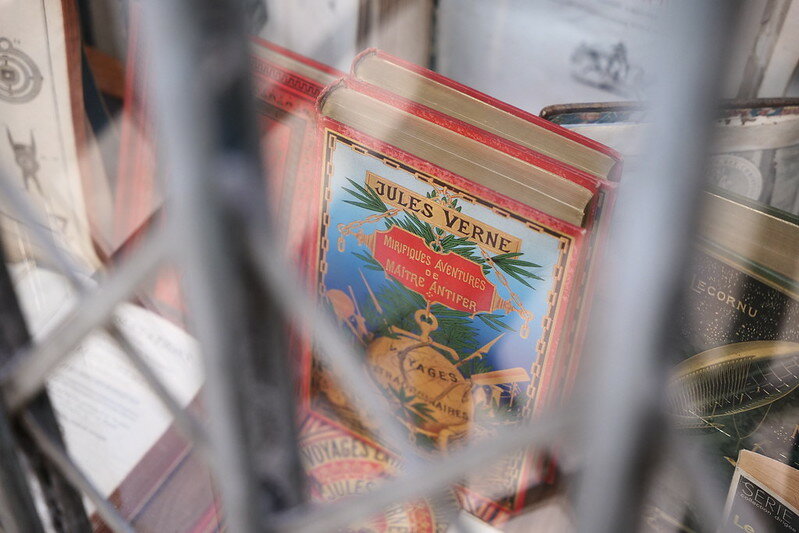Markuswelder
Well-Known Member
- Joined
- Mar 14, 2024
- Messages
- 1,062
The body is wicked, it must be punished. Out getting punished again. If I don't, I just seize up, and end up in pain. Vicious circle lol. S5 & EF 40 pancake. It's a great little lens, pity the adapter makes it that much larger
